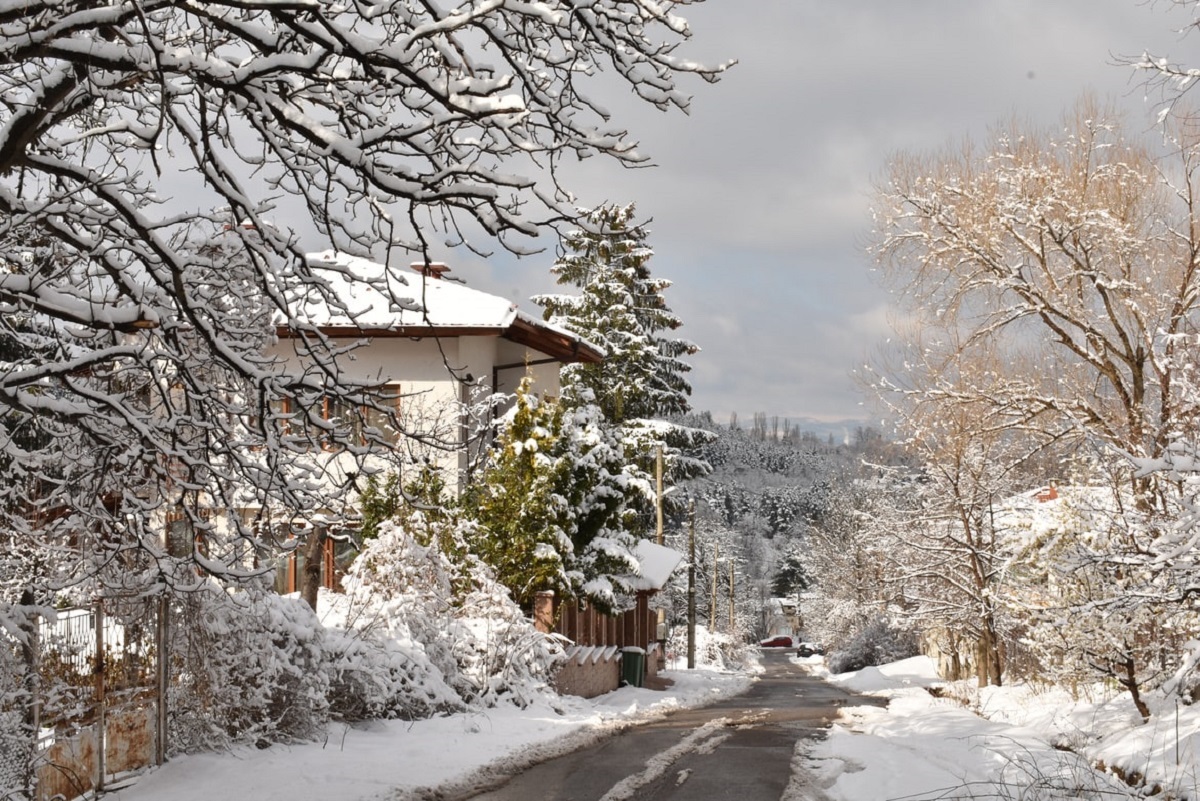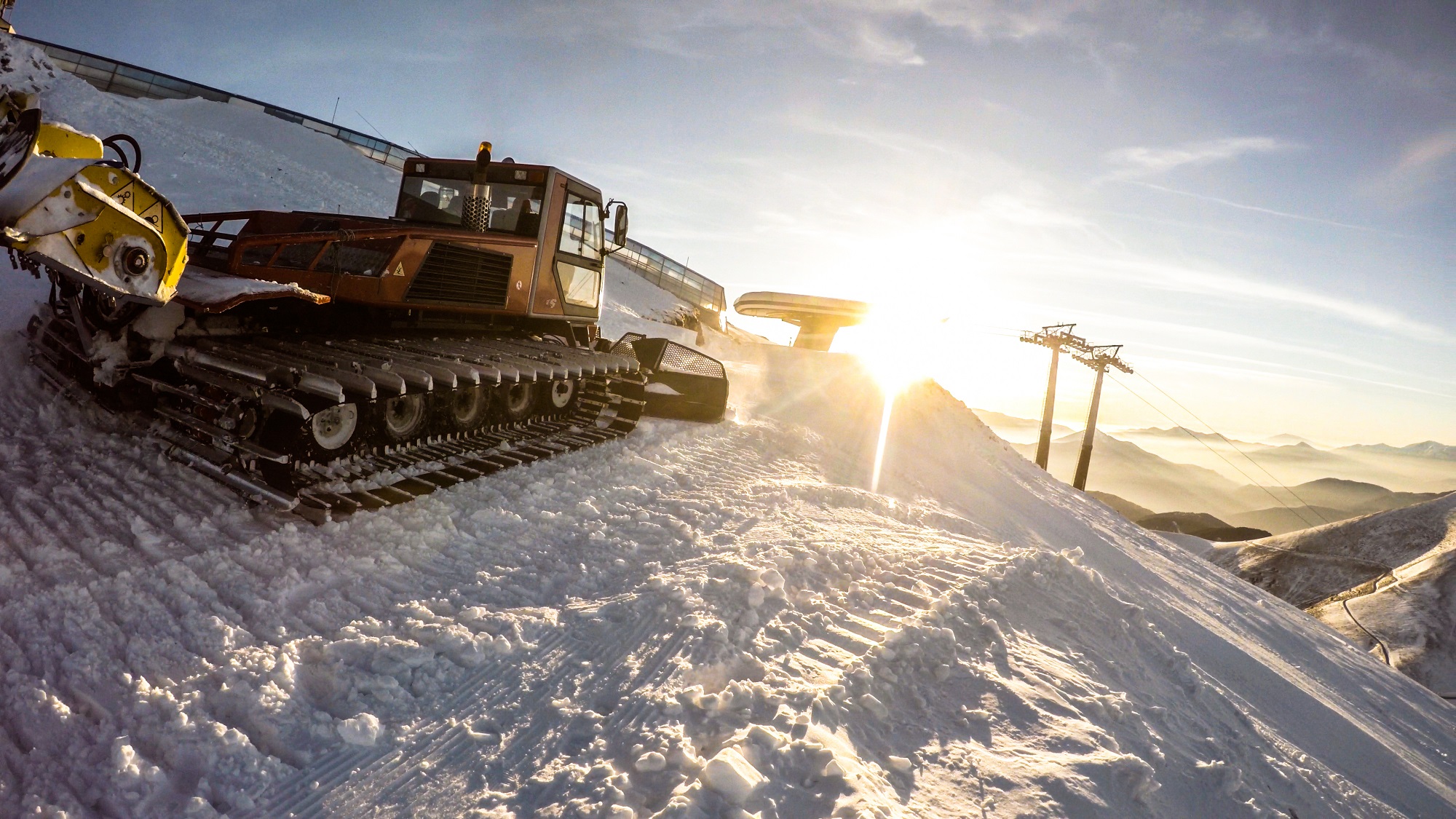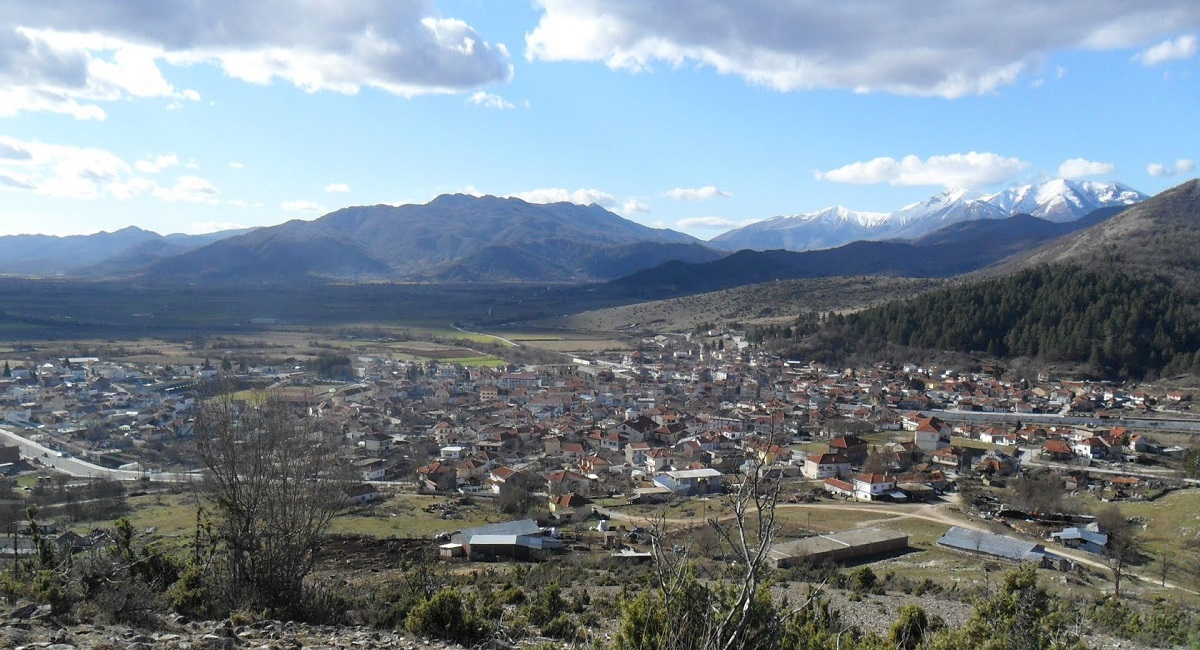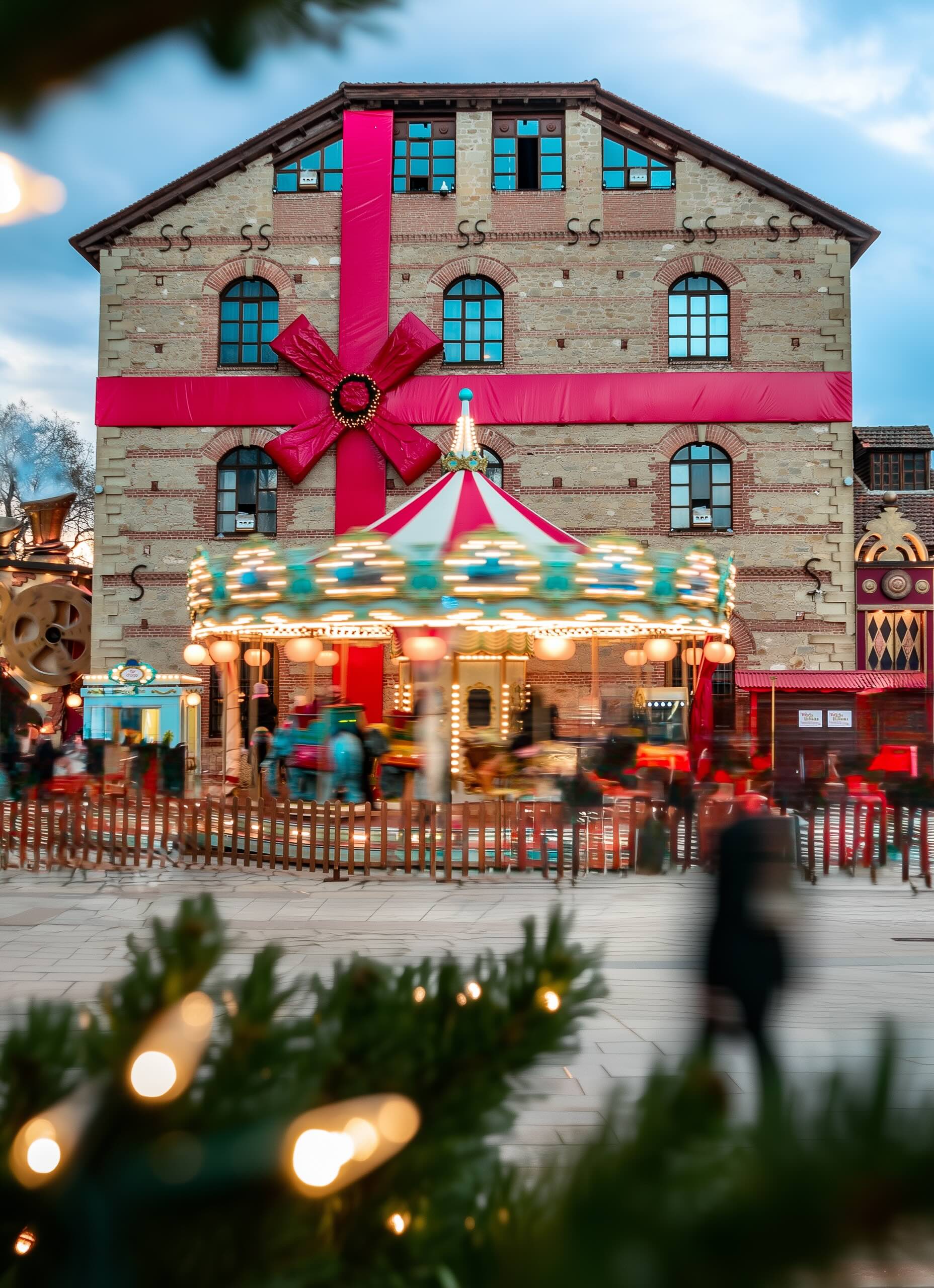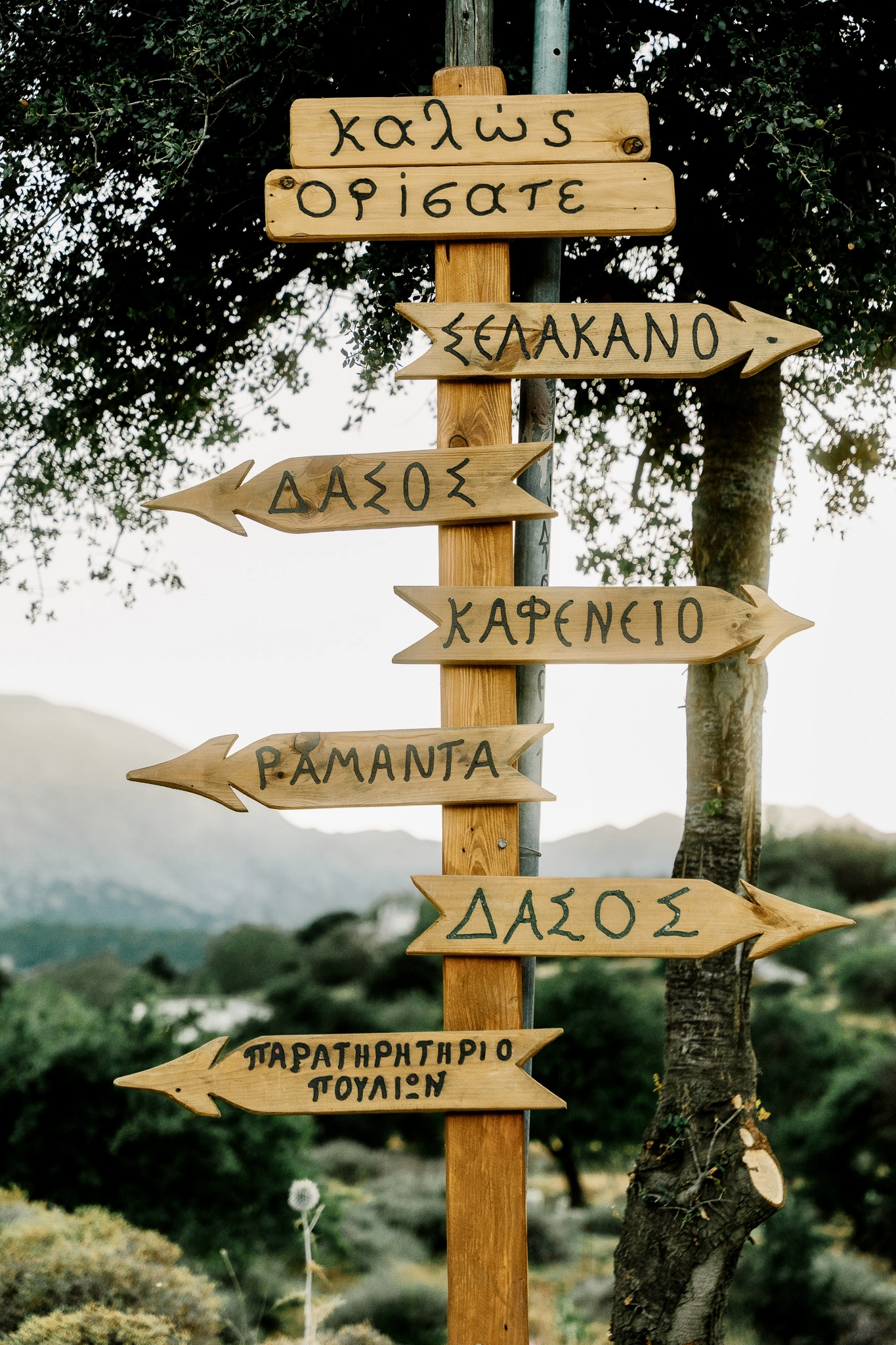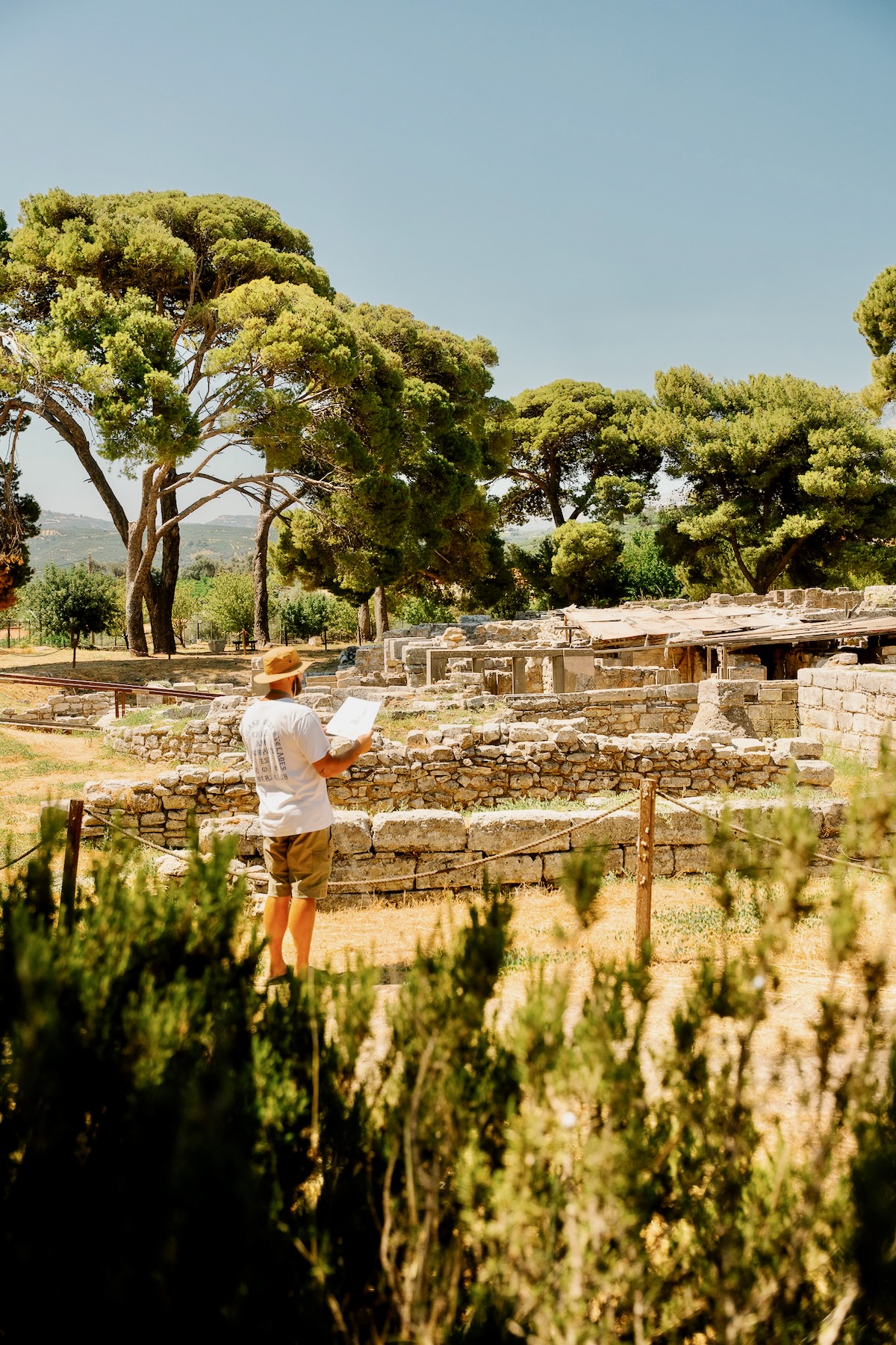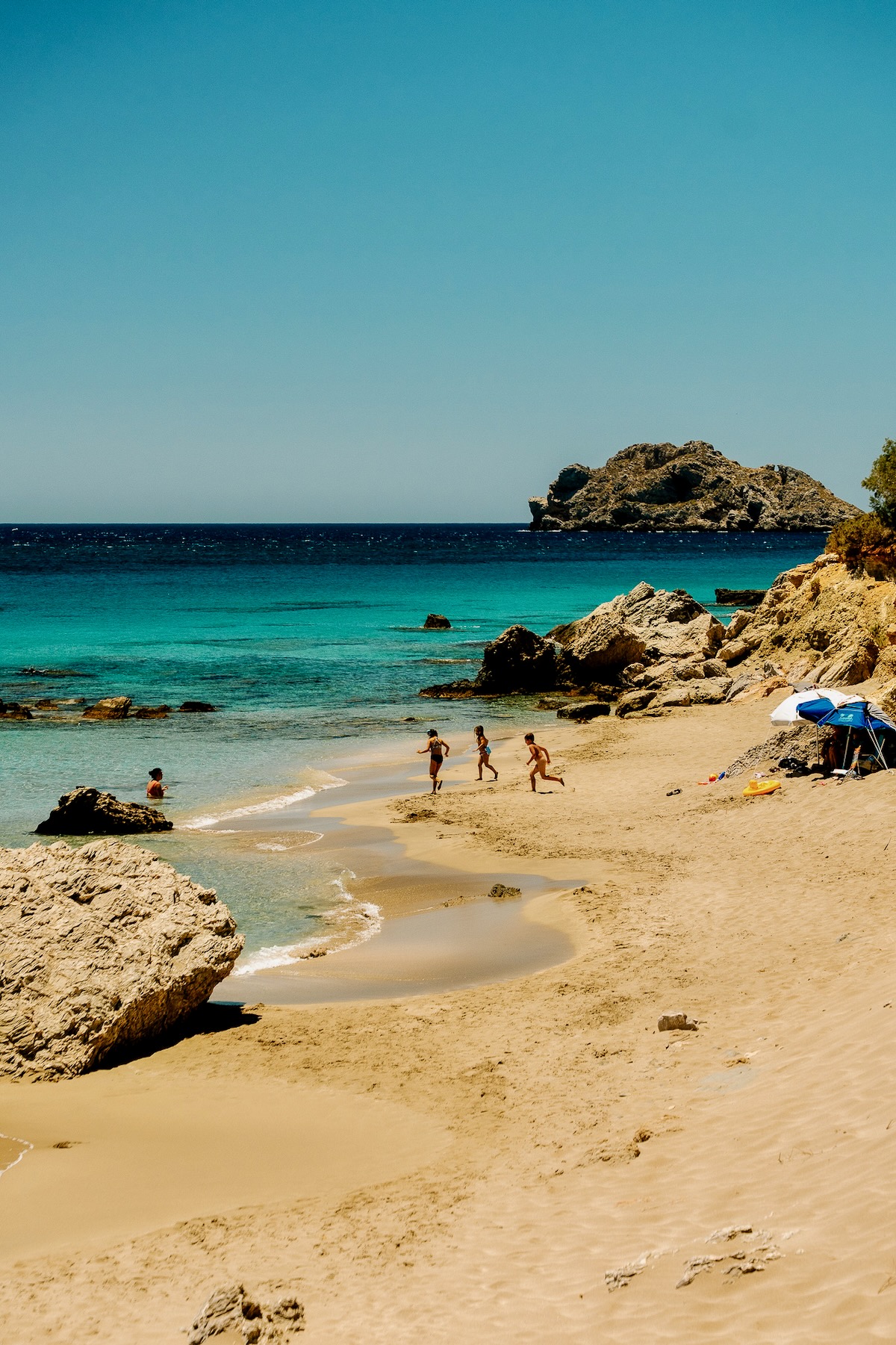For a country like Greece, that even at its northernmost places does not have very cold winters, the low temperatures that have been repeatedly recorded in Kato Nevrokopi in Drama are enough to give it the nickname “Greece’s Siberia”.
It sounds like a journalistic exaggeration, click-bait aiming to impress and get clicks, but it’s not: you’ll even find it on Kato Nevrokopi’s page on Greek Wikipedia – in the section about the area’s harsh winters – while even the mayor of Kato Nevrokopi mentioned it in an official letter to the Ministry of Finance in 2021, saying that it’s a fact “widely known in Greece”.
A look at the recent temperature records is awe-inspiring: Kato Nevrokopi had -11 degrees Celsius on Christmas day 2021, on New Year’s day 2019 the temperature was -21°C, while the last days of January 2017 the temperature reached -18°C. The temperature was also -21°C in December 2005, while there are rumours that temperatures have dropped as low as -28°C.
The rumours can be checked. It may appear in Wikipedia and other articles, but according to official records by the National Meteorological Service, the lowest temperature in Greece ever was -27,8°C in Ptolemaida, in January 1963, during the so-called “Winter of Ice”. While Amigdalonas, in Kavala, holds the second spot for the lowest temperature, at -25°C, recorded in January 1954. Which means that -28°C in Kato Nevrokopi, even though it sounds plausible, taking into account the recent records in the area, isn’t more than a popular urban legend.
It’s not just the low temperatures and the cold that bring comparisons to Siberia, it’s also the duration of winter that has reached similar record numbers. When the show “Who Wants to be a Millionaire?” aired on MEGA channel (1999-2002), there was a question: “Is there an area in Greece where it has snowed at the end of June?” It seemed impossible, but the answer was Kato Nevrokopi. This happened in 1996, when in many areas in the country people were already on the beach or swimming.
How can all this be explained? According to the science of meteorology it’s not a great mystery. The formation of the mountains around Kato Nevrokopi is such that it does not allow warm air masses to pass to the plateau it’s located on (at 559 m altitude). As a result, the weather conditions created do indeed resemble the Siberian steppe – in a way.
The name Kato Nevrokopi (it means lower Nevrokopi) also creates some questions: is there an Ano Nevrokopi (upper Nevrokopi)? And if there is an upper one, shouldn’t it have even lower temperatures?
There is in fact something like “Ano Nevrokopi” even though this name was never really used. The town to the north, during the Ottoman rule, was just called Nevrokopi. With end of the Second Balkan War, it became part of Bulgaria – today it’s called Gotse Delchev– so the Greeks there moved 12 km to the south of the new borders, in the town Zirnovo, that was named Kato Nevrokopi in 1927, when all Slavic names were changed into Greek ones.
Of course, for the 2,157 residents of Kato Nevrokopi (according to the 2011 census) everything that sounds impressive to the rest of Greece is just part of a seasonal routine they are accustomed to. The weather gets colder in October and remains cold until April – sometimes even until May – and snow total can reach 6.5 feet. Their main concern is the cost of heating fuel, not the actual cold.
In fact, the cold brings a rare gift to the area, giving the local potatoes a unique taste that distinguished them internationally in 2002 as a PGI (Protected Geographical Indication). The presence of snow for such a long period, prevents a second crop, which is the norm for other areas – something very beneficial for the land. The cold also increases the potatoes’ starch, vitamins and trace minerals contributing to a unique flavour. Kato Nevrokopi, nowadays, produces the varieties Spunta, Agria and Lizeta. And anyone who cooks and has fried or baked potatoes from Nevrokopi knows they more than deserve to be so famous.
Read also:
5 one-day excursions to spruce covered villages near Athens
A winter paradise in Greece with abundant natural beauty and exceptional traditional food



